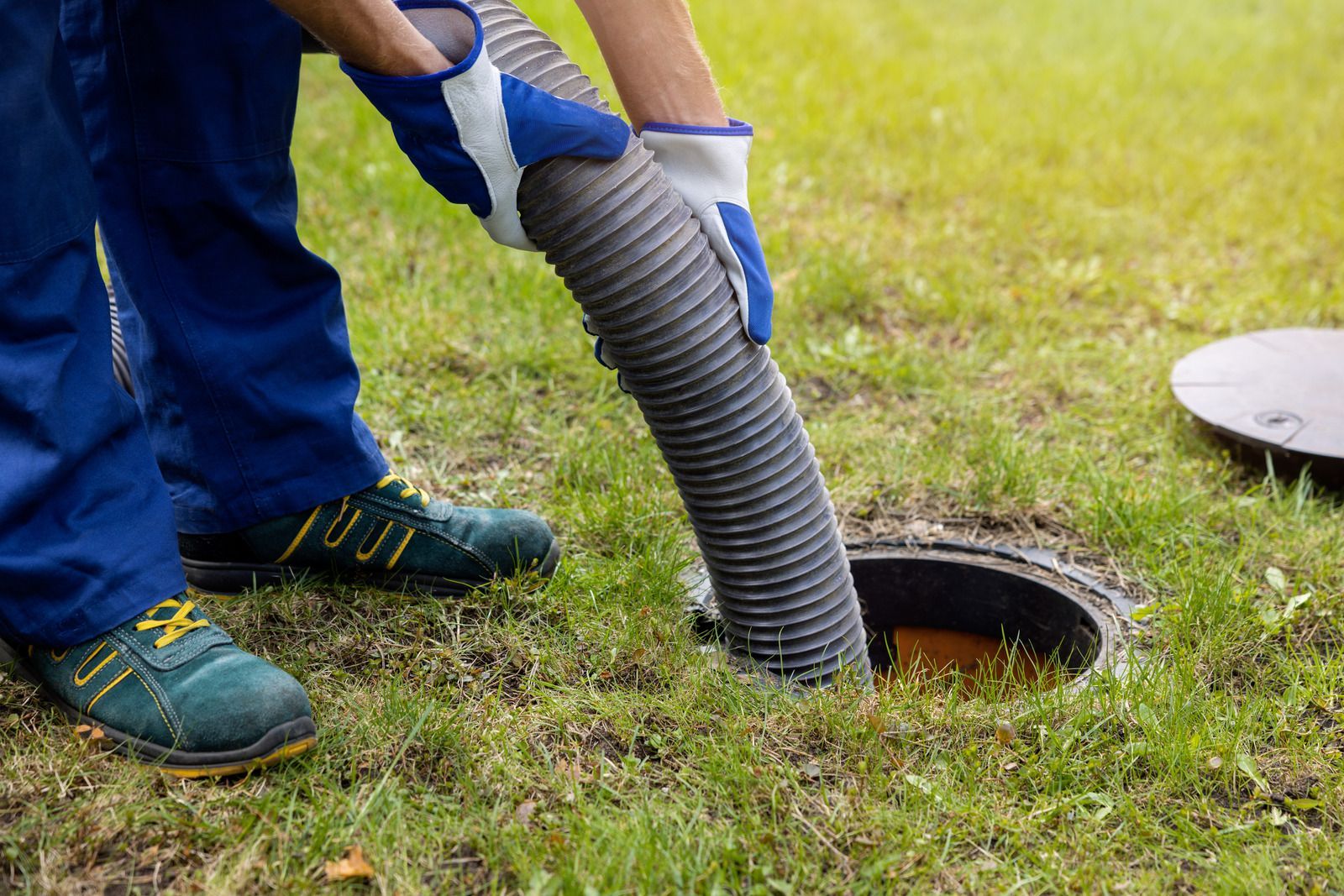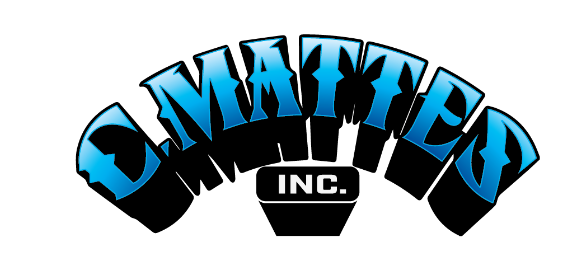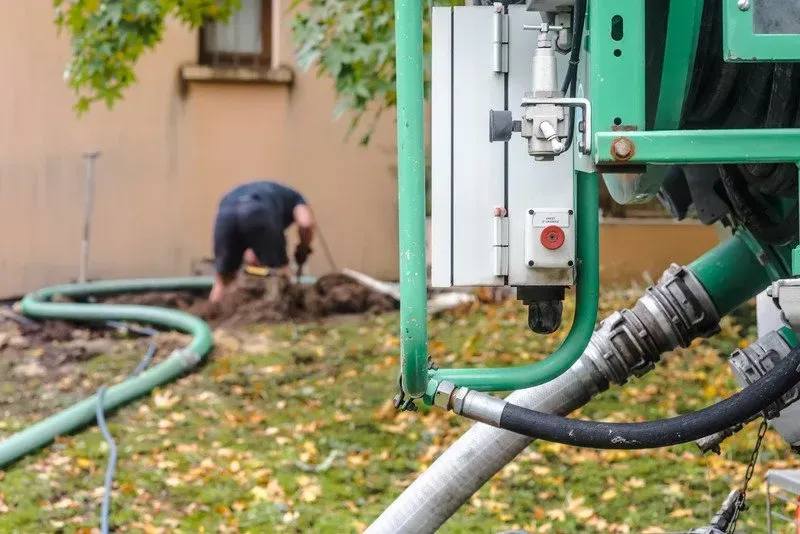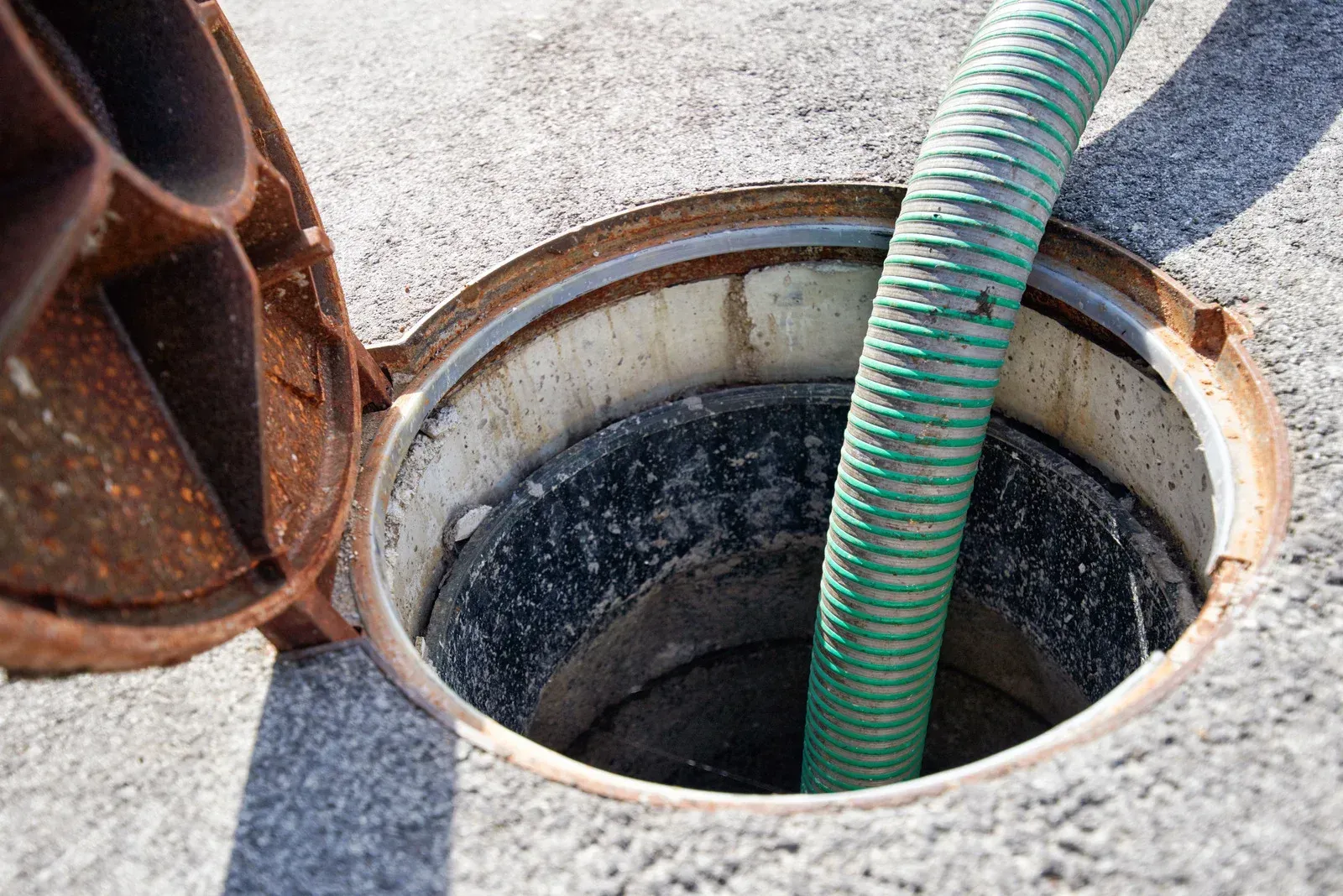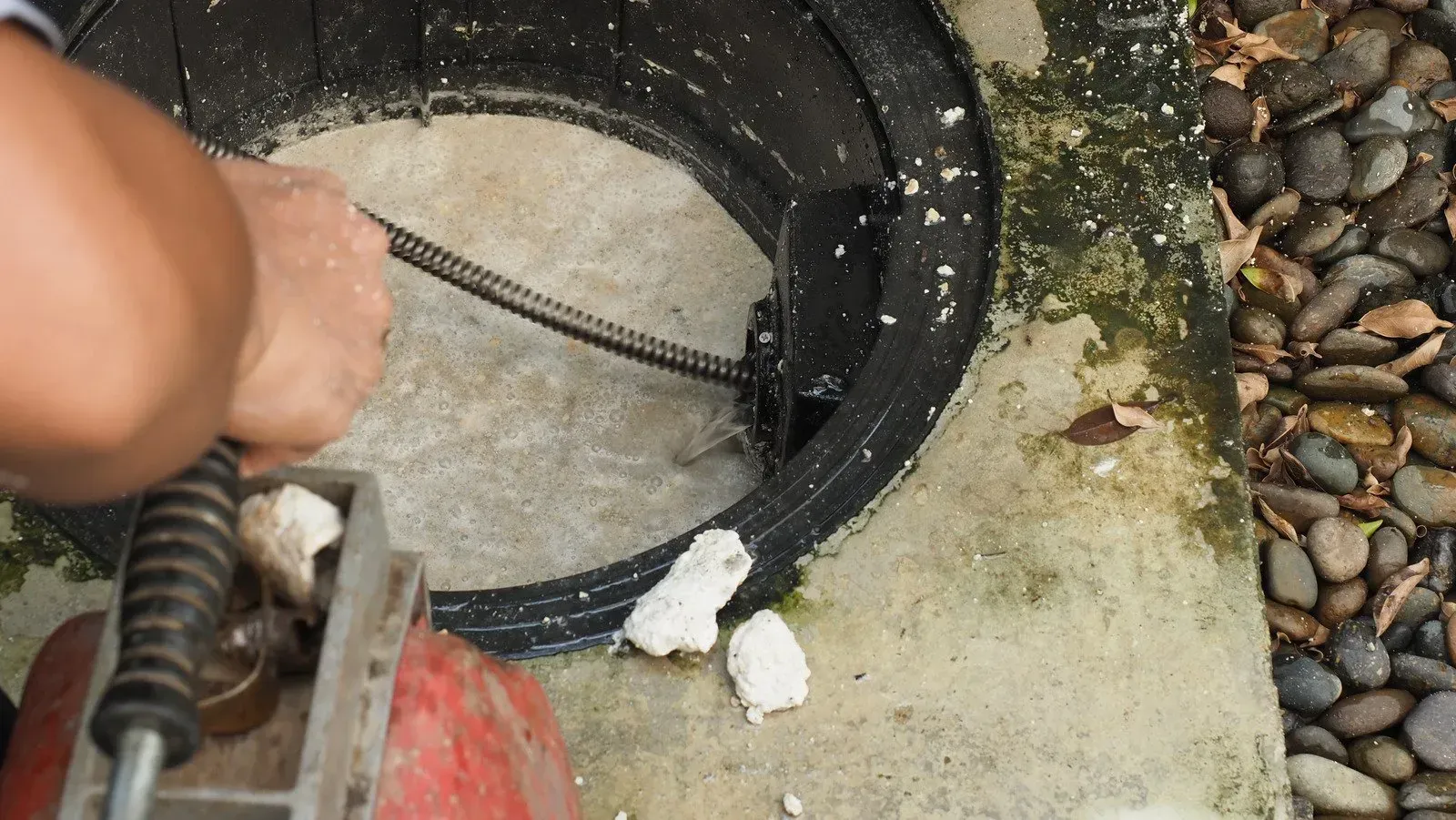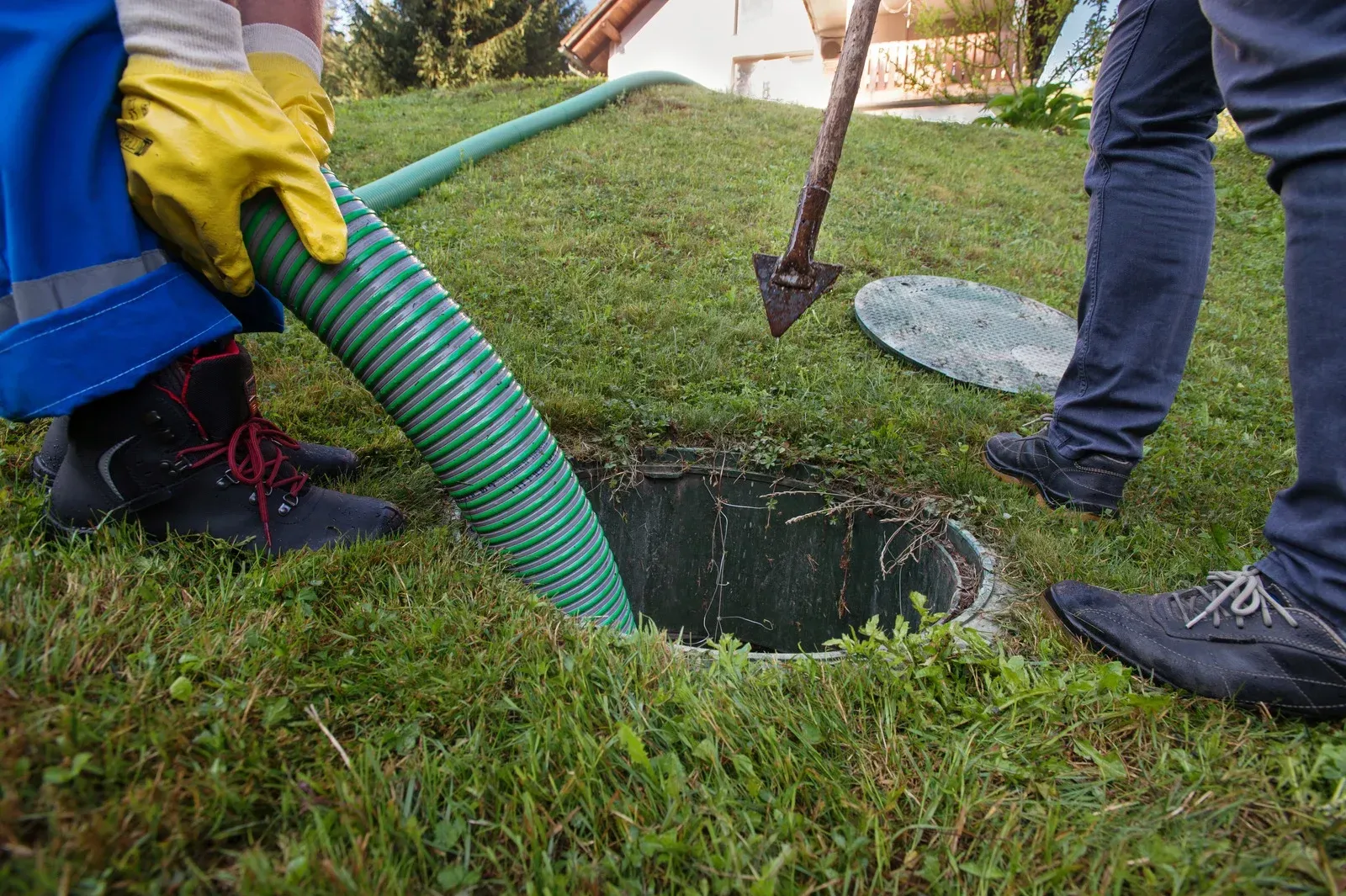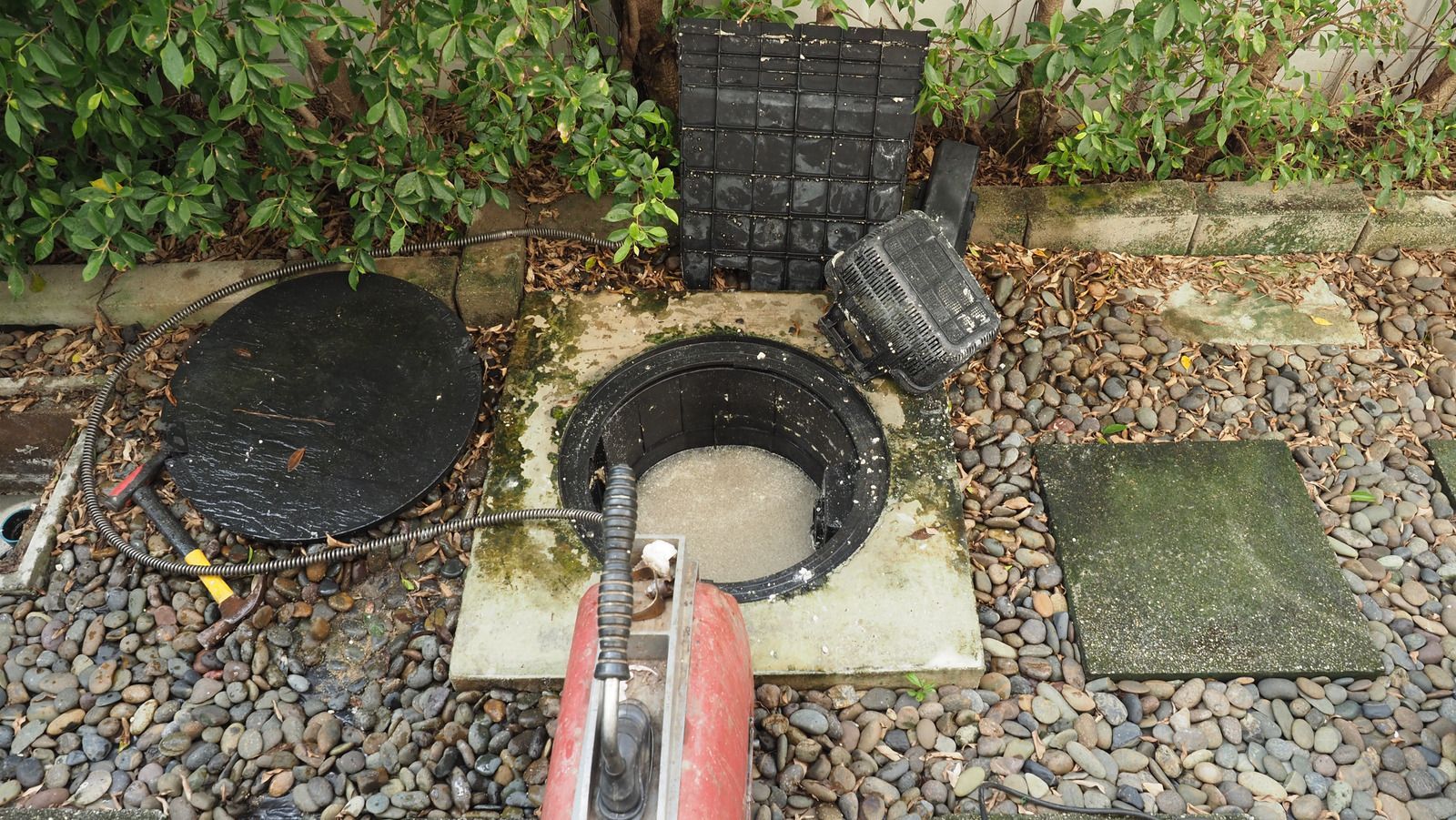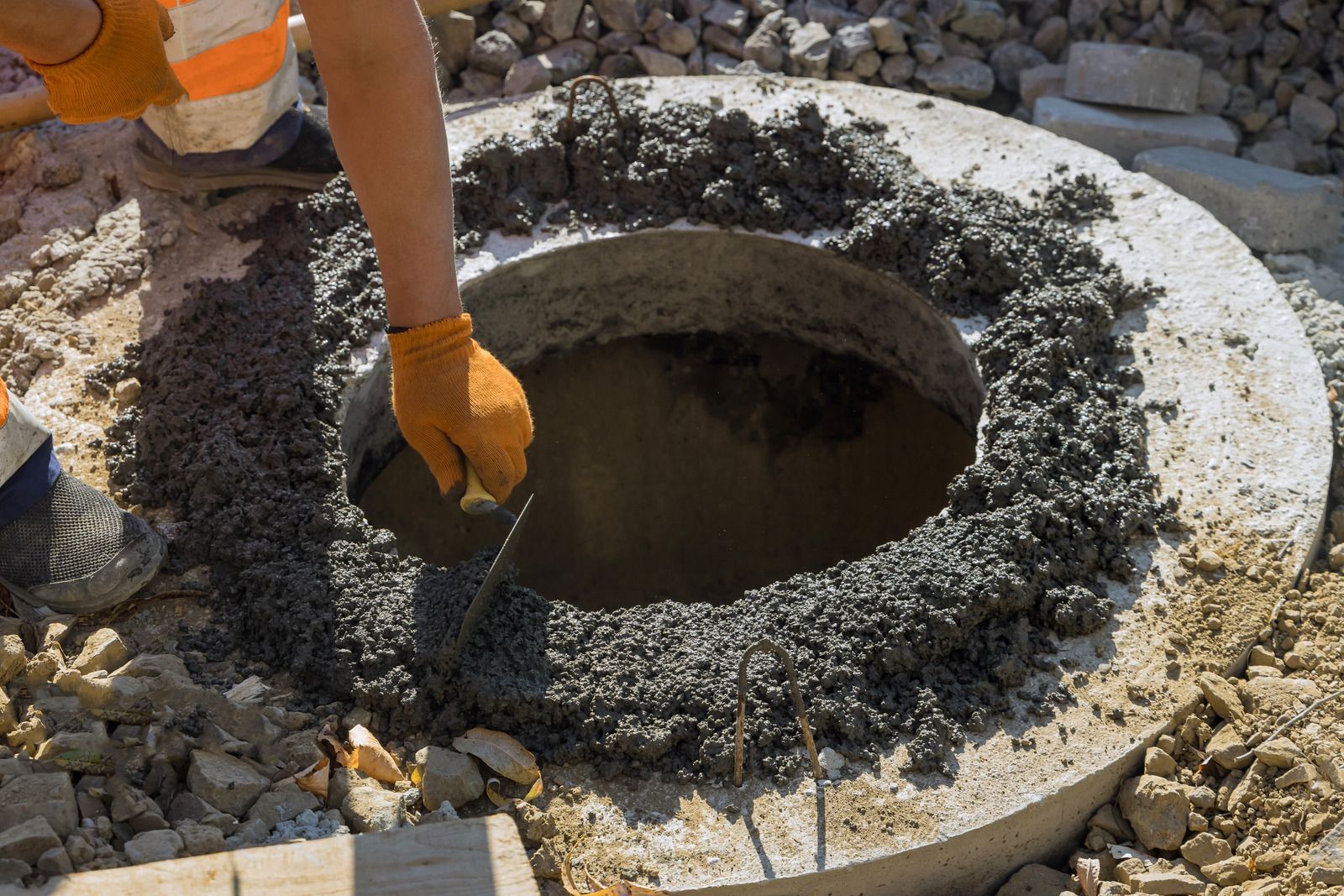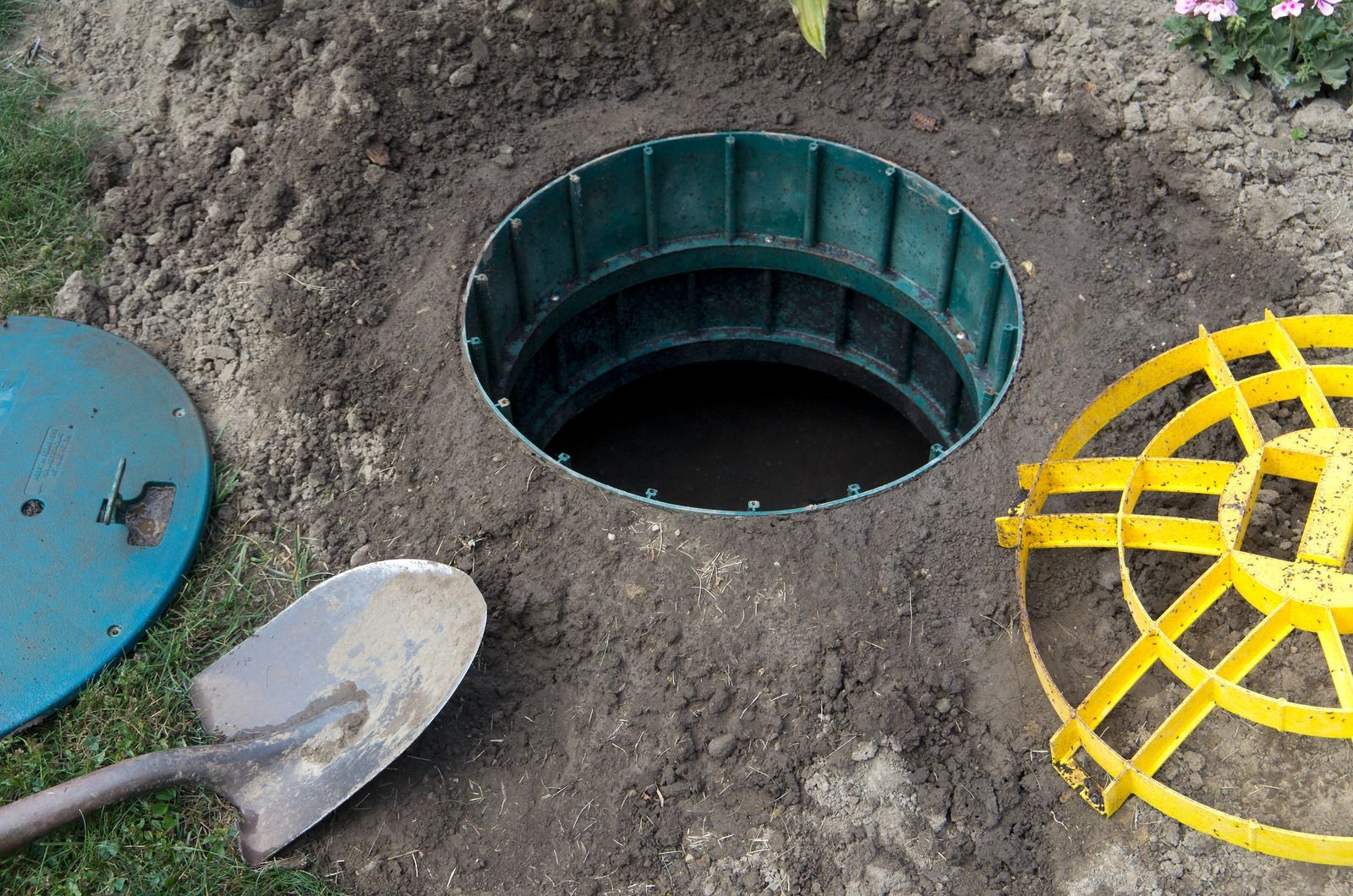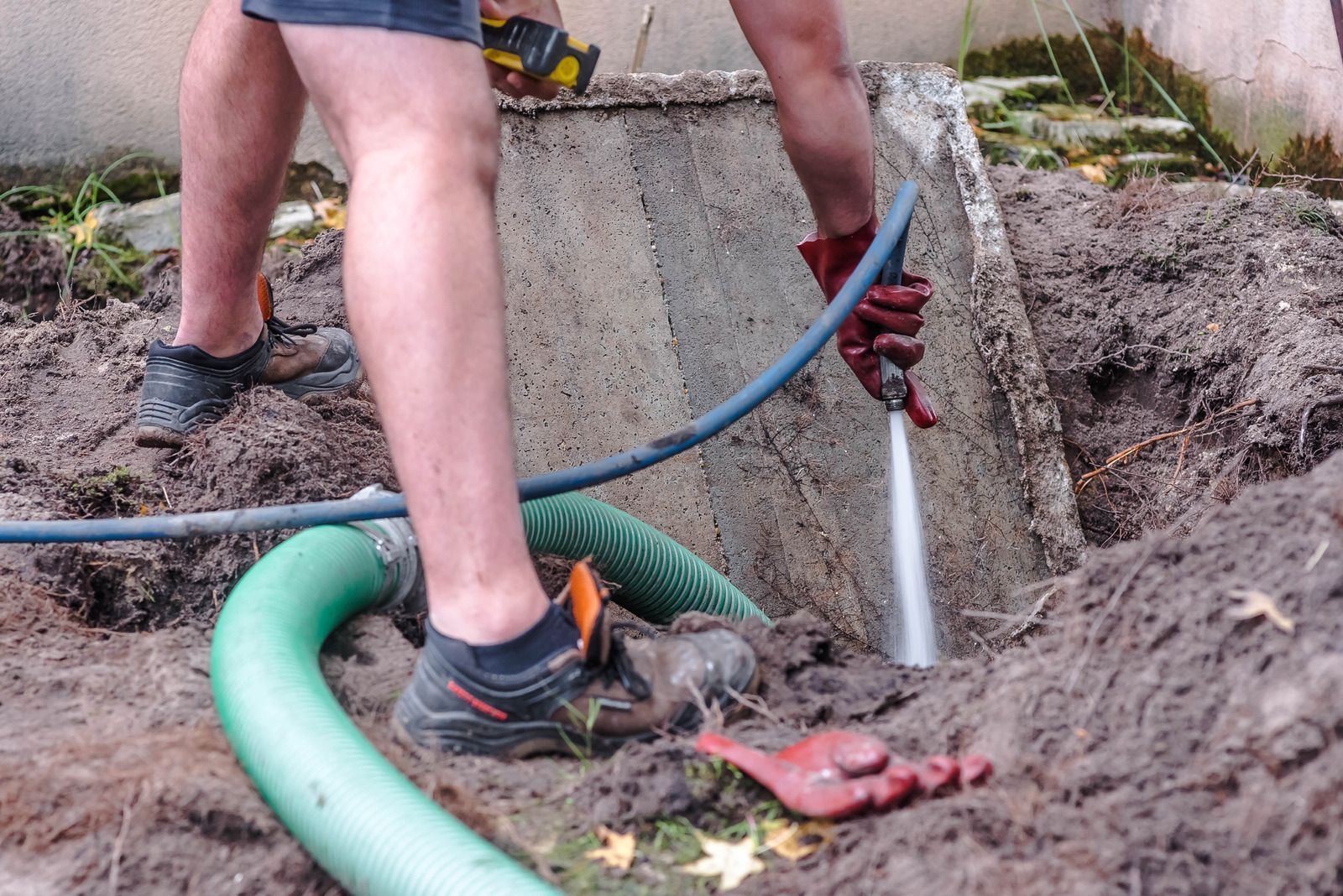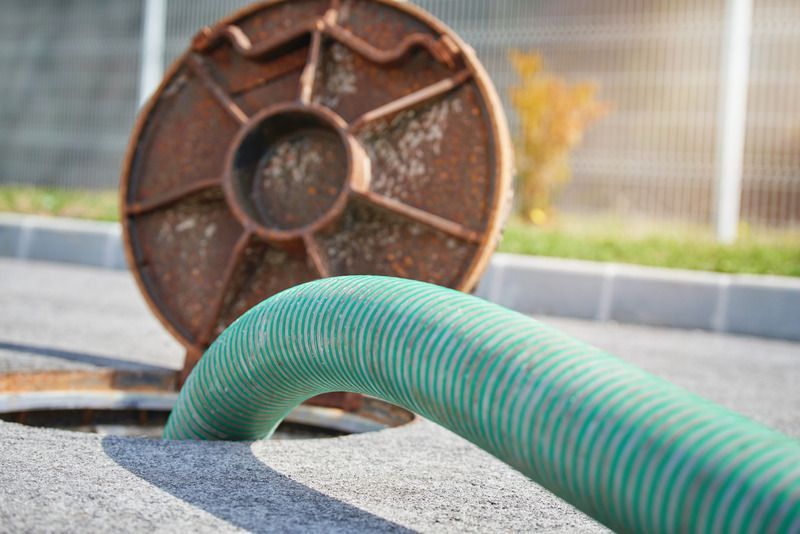Effective Solutions for Drain Field Issues and Septic System Restoration
An unhygienic residence can pose a threat to your health and cause major health issues. Septic systems are a necessary part of many homes, particularly in unhygienic regions where city sewage frameworks are not easily accessible. An essential part of these frameworks is the septic field, which helps in the removal of the wastewater from the septic tank. In any case, septic field issues can emerge over the long run, prompting framework disappointments and ecological worries. Here, we'll guide you through some effective solutions for drain field issues and
septic system restoration.
Normal septic Field Issues
Clogged Pipes
Clogged pipes are the most widely recognized issue in septic fields. This can happen because of the accumulation of strong waste, oil, or tree roots penetrating the lines.
Soil Compaction
Over the long haul, the dirt in the septic field can become compacted, diminishing its capacity to retain wastewater. This is many times brought about by large equipment or vehicles rolling over the field.
Saturated Soil
Wastage of water or unfortunate seepage can prompt soil erosion. At the point when the dirt is excessively wet, it can't successfully treat and ingest the wastewater, prompting framework reinforcements and expected natural pollution.
Biomat Buildup
A biomat is a foul layer of microscopic organisms that structures at the point of interaction between the septic field and the dirt. While it assumes a part in treating wastewater, unreasonable development can obstruct the dirt pores, forestalling legitimate seepage.
The Problem of Wastewater Disposal
The dislodged debris from clogged drains doesn't simply disappear. The jetting process forces this wastewater into municipal sewage systems, often laden with grease, food scraps, and other contaminants. These systems are not designed to handle such concentrated pollutants, and some may overflow or leak, releasing untreated wastewater back into the environment. This can contaminate waterways, harm wildlife, and disrupt delicate ecosystems.
Solutions for Drain Field Issues
Regular inspection is the most effective way to deal with septic field issues through ordinary support and assessments. Septic tanks ought to be siphoned each 3-5 years, contingent upon use, to keep strong waste from entering the septic field. Standard examinations can distinguish potential issues early, taking into account opportune mediations.
For clogged pipes, efficient line cleaning or streaming can help you in clearing blockages and revive its actual functionality. High-pressure water planes can actually help you in getting rid of garbage, oil, and tree roots that might have blocked the lines. To treat soil erosion, air circulation procedures can be utilized. This includes making little openings in the dirt to allow air, water, and supplements to enter , further developing its retention limit. For soaked soil, introducing redirection septics or working on the seepage around the septic field can assist with overseeing abundance water. This can help in diverting water spillover away from the septic system.
Septic System Restoration
Installing Another septic Field
If your current septic system is damaged or destroyed, installing another septic system is necessary. This septic system is to be installed by an expert, keeping necessary guidelines and ecological wellbeing in mind.
Regular Observing and Upkeep Plans
Regularly checking your septic system is necessary. This enhances better functionality and less issues in your drain fields and septic systems.
Successful administration of septic field issues and septic framework renovation is important for keeping your wastewater removal framework functional. Regular maintenance, and expert services are necessary to resolve issues and guarantee the lifespan of your septic system.
